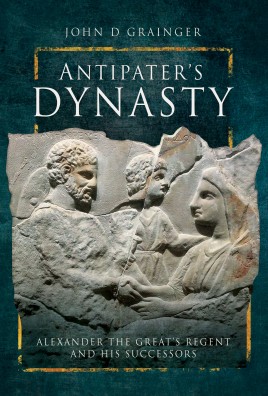BATTLETECH
CATALYST GAME LABS
However, that personal caveat doesn't stop me appreciating the many qualities of this game and, as these two packages are hopefully the jumping off point for a whole new generation of gamers, this review is intended to help them decide whether BattleTech may be a universe they might want to launch themselves into.
The quality that jumps straight out at you immediately is the physical production. The bold colours of the art work adorn the type of deep, well-constructed box that we associate with the top end of game company production from the likes of GMT and DVG. This is a far cry from the sort of flimsy container of the 80s that the original game was housed in.
But what I think stands out most of all when you open the box is the high quality of the miniatures. This was a feature criticised by many in earlier editions. Virtually all are a standard 2 " tall on hexagonal bases that perfectly fit the map hexes that they will stand on. The poses are dynamic and have a heft and bulk that adds to their appearance.
Having been the painter of many Warhammer miniatures in the early days of my son's 40K journey, I really like these figures that have large plains and deep grooves that allow swifter painting of large areas of colour enhanced by dark washes and easy highlighting. These figures really do make you want to get them out on the battlefield.
Another feature whose value I still remain unsure about is the decision that hexes that provide Light or Heavy cover actually have the words printed in the hex and any hex Level above 0 is also printed on the map. The importance of Levels may justify this, but as the base of each model exactly covers the hex, when you need that info you have to lift up the model to confirm it.
As expected, in the core game, there are full size record sheets that contain all the many essential statistics for each type of mech along with the all-important diagram on which you check off damage to the target area that has been hit.
These are absolutely essential and though not a fan of this type of record-keeping there clearly is no other way to handle the level of detail that has always been a main feature of BattleTech. The way in which damage to the outer armour, once it has been totally destroyed in a given location, can be transferred to the inner structure is a key element of the minutiae of the tactical attack system.
For those of you familiar with the game, looking at the card above, you can also see that the concept of Heat has also been removed from the Beginner's rules. For those of you coming new to BattleTech, Heat is a very important aspect to be dealt with. Virtually all actions generated Heat, that had its own track for recording it. Mechs inevitably reached a point when they needed to disperse Heat or risk the dire consequences. Equally damage to a Mech might result in that Heat dispersing equipment being damaged.
Having touched on just how much there is to learn, it's no surprise that the core game has a substantial rule book. In this new edition, it comes to a meaty 56 pages: broken down into 44 pages of rules, 4 pages for the scenarios and 8 pages explaining how to construct/design your own mechs.
That Combat alone takes up 17 pages of rules emphasises two things: the level of detail in this game and the very strong focus on battle. Manoeuvre plays its part, but combat with a multiplicity of weapons and directly too with mighty kicks and punches is at the heart of this game. Not to mention the ability of your mechs to jump high and come crashing down on your opponent's mechs with all the weight of their tonnage!!!
Just explaining Damage takes up a further seven pages, ending in the very useful flow-chart viewed below.
This leads me to the conclusion that the Beginner's Box is exactly what it says. Not only would I see it as designed for those wanting to dip a toe very lightly in to the BattleTech game and its universe, but for the beginner to this type of miniatures/board game hybrid and possibly to the gaming world in general. To tempt you further, the box also includes a sample of MechWarrior cards that introduce the pilots of these mighty machines, a booklet containing a short story, The Golden Rule, set in the BattleTech universe and a quick Guide to the Inner Sphere [i.e. the universe of BattleTech and its conflicting Houses] .
If the contents aren't enough to tempt you, then the exceptionally low price of $19.99 should. I can think of few "starter sets" priced so reasonably and of such good value. Helpful though I found it in easing me into learning the system, for most gamers it will only serve as an incentive to buy the core box. This too, on top of all the key components I've discussed, sports its own different short story booklet that develops the story in The Golden Rule, more MechWarrior cards, two identical Player Aids containing the many tables interspersed throughout the rule book for easy reference and also some Alpha Strike cards. The latter relate to a separate faster playing form of BattleTech, which will undoubtedly be another temptation to buy and expand. The core box too at $59.99 seems equally good value in all respects.
Thanks as always to Catalyst Games Lab for providing the review copies.
Below are three excellent tutorial videos on game play.
Link 1











Follow Us